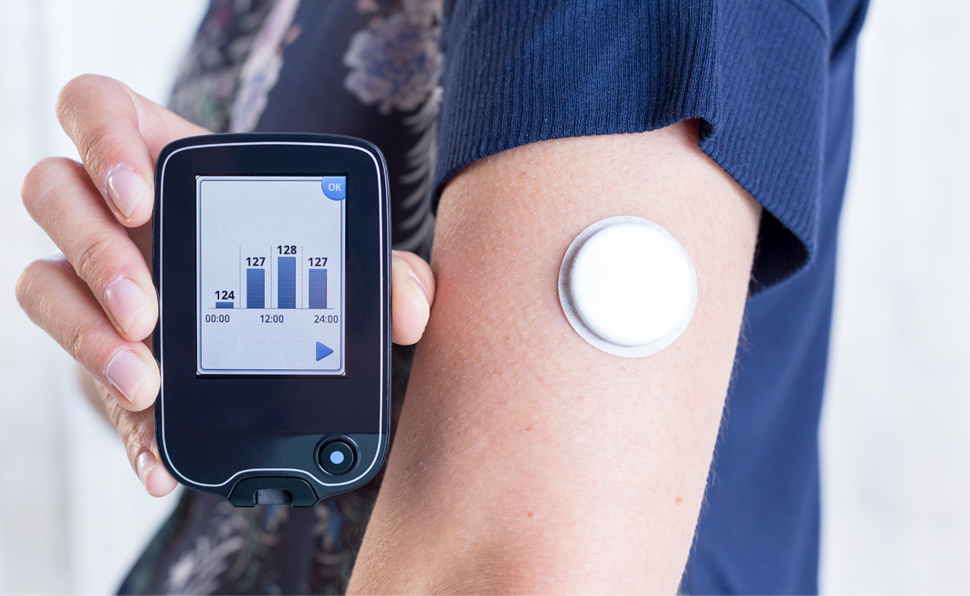
A recent update to continuous glucose monitor (CGM) coverage requirements will make it easier for people covered by Medicare to access CGM technology. Effective on July 18, 2021, people with diabetes will no longer need to prove that they are testing their blood sugar at least four times per day with a blood glucose meter to get initial Medicare coverage for a CGM device. Additionally, language was clarified to allow individuals using inhaled insulin, not just injected insulin, to access CGM. Both of these changes are long-sought advocacy goals for Breakthrough T1D and welcome news for members of the T1D community.
How will this affect CGM users covered by Medicare?
Previously, people with diabetes had to show that they were testing their blood glucose four times per day with a blood glucose meter to qualify for CGM coverage. This requirement caused a number of barriers for people with diabetes. First, studies have shown that generally CGM use among people of color is lower than other populations.
Second, Medicare only covers three test strips per day for insulin users; this mismatch between the number of test strips required and the number provided has led to frustration for healthcare providers and patients. While providers can request additional test strips for their patients who use insulin, many suppliers implemented various rules and paperwork requirements, making these requests burdensome for providers. Some people with diabetes would pay out of pocket to avoid this frustration, but for others with economic hardships, this option was not possible. This added cost has contributed to disparities in access to CGM’s and creates additional barriers in accessing these technologies for individuals in low-income and underserved communities.
Third, this requirement to show four tests per day has been a burden for people using CGM and aging into Medicare. Previously, CGM users aging into Medicare had to either stop using their CGM and test four times per day or test on top of using their CGM to qualify for Medicare CGM coverage. This rule change will allow CGM users aging into Medicare to access CGM via Medicare with less disruption in their CGM use.
The other significant change brought about by this update allows people using inhaled insulin to access CGMs. The rule previously required a person to be injecting insulin multiple times per day or using an insulin pump, while the updated language simply requires “administration” of insulin multiple times per day, which would also include the use of an insulin pump or an inhaled insulin.
What does this mean for me, a person with T1D on Medicare or aging into Medicare?
For many people already accessing a CGM via Medicare, there will be little change. You will still need to see your provider every six months to assess how well CGM is working for you. The biggest changes will come for people aging into Medicare or those who have been using inhaled insulin or not using it due to the “injection of insulin” criterion. For those aging in, there should be no need to show finger stick logs and minimized disruption in CGM use. For people using inhaled insulin, they will now qualify for CGM funded by Medicare. Additionally, if you currently are not being prescribed inhaled insulin because you would lose access to CGM technology, this rule change will allow you to use the form of insulin that will best meet your needs.
Breakthrough T1D has been working with the Center for Medicare and Medicaid Services for many years to obtain coverage for CGMs and make sure it works for people with T1D. These small, but important, changes to the coverage criteria should allow more people to access CGM and minimize disruptions for those aging into Medicare. We will continue to find ways to improve CGM coverage and ensure access for all FDA-authorized CGMs.